Health: Global Campaigns Highlight Thrombosis and Stroke Awareness
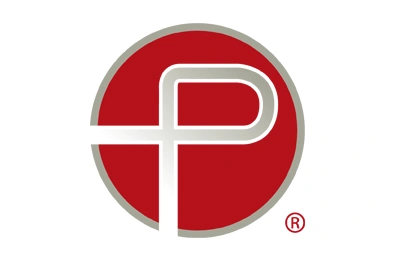
Special Days Highlight Critical Importance of Thrombosis and Stroke Awareness
Each year, life-threatening blood clots affect millions of people around the world. They can happen to anyone, at any time.
This month, two campaigns — World Thrombosis Day on October 13 and World Stroke Day on October 29 — will endeavor to raise public awareness about blood clots, associated diseases, treatment, and, perhaps most important, the power of prevention.
BLOOD CLOTS 101
The formation of a blood clot in an artery or vein is called thrombosis, an often-preventable cause of conditions such as deep vein thrombosis (DVT) and acute ischemic stroke (AIS), amongst others. DVT is a blood clot that partially or completely blocks blood flow through a vein deep in the body, particularly the lower leg, thigh, or pelvis. DVT puts people at higher risk of pulmonary embolism due to the fact that a piece of clot can break free from its original location in the leg, travel through the bloodstream, and block blood flow to the lungs.
In stroke, the two major mechanisms that damage brain cells are ischemia and hemorrhage. Ischemic stroke is characterized by the sudden loss of blood circulation due to an arterial blockage, commonly a blood clot. Within seconds, brain cells lose their ability to function due to a lack of oxygen, putting the affected area at risk of decay.
It is important to note that blood clotting is a normal biological function that stops bleeding in the event of injury to an artery or vein; and that clot, a mass of blood cells and platelets, typically dissolves over the course of the healing process. However, clot that forms in response to a predisposing condition (e.g., high blood pressure) and does not dissolve can pose a serious threat.
Diseased vessels that are clogged and narrowed by a buildup of fatty deposits (atheromas or plaques) are particularly susceptible to clot formation. Any disruption, such as a tear in plaque or a pooling of slow-moving blood, can trigger the body’s natural clotting mechanism, which can produce a plug within an already compromised vessel. Clots can develop at the point of occlusion (thrombus) or break off from elsewhere in the body (embolus), such as the lungs.
KNOW THE RISKS
As stated, conditions caused by thrombosis can affect anyone, regardless of age, gender, or ethnicity. However, some individuals are at a higher risk than others due to a combination of risk factors that include personal traits, lifestyle behaviors, and medical conditions. Some risk factors can be changed, for example: smoking, diet choices, and physical activity levels. Other risk factors, such as age, gender, and family history, cannot be changed. The more risk factors a person has for DVT or stroke, the more likely they are to develop that particular disease.
DVT
- Surgery
- Chronic medical conditions
- Pregnancy and giving birth
- Hormone-based medicines
- Not moving for long periods
- Age and gender
- Family history and genetics
STROKE
- High blood pressure
- Diabetes
- Heart diseases
- Smoking
- Age and gender
- Race and ethnicity
- Family history and genetics
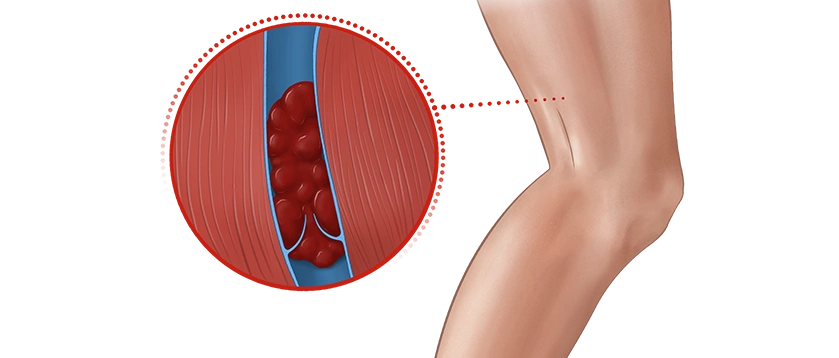
SYMPTOMS
The symptoms that a person encounters depend on the location of clot in the body.
DVT
DVT commonly occurs in one arm or one leg. Only 50% of people who have DVT experience symptoms. When present, symptoms may include:
- Swelling of the leg or arm (sometimes suddenly)
- Pain or tenderness in the leg that may only be present when standing or walking
- Feeling of increased warmth in the area of the leg or arm that is swollen or that hurts
- Redness or discoloration of the skin
AIS
The acronym F.A.S.T. (face, arm, speech, time) has been popularized in the United States in order to teach the telltale signs of stroke and the critical need to contact emergency medical services immediately. Face drooping, arm weakness, and speech difficulty are the outward signs that it’s time to call emergency medical services. Symptoms may include:
- Paralysis on one side of the body
- Change in alertness
- Changes in hearing or taste
- Problems swallowing
- Dizziness or loss of balance
- Problems with eyesight
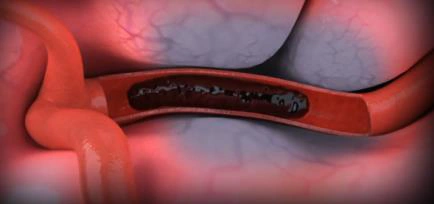
TREATMENT
The goal of every medical decision is to choose treatment appropriate to each patient’s current and preexisting medical conditions. Prior to doing anything, physicians review patient history, perform a clinical assessment, and consult imaging results. Equipped with this data, physicians select a course of action.
Today, physicians can choose to dissolve blood clot with clot-busting medicine (thrombolysis), remove clot mechanically (thrombectomy), or use a combination of the two techniques. Thrombectomy is a minimally invasive procedure that physically removes clot from blocked arteries.
PREVENTION
Most blood clots can be prevented. In fact, findings published in The Lancet (July 2016) reported that 10 modifiable risk factors are responsible for 90% of strokes in all regions, young and old, and in men and women. Findings confirmed that hypertension (high blood pressure) remains the single most important modifiable risk factor, with physical inactivity close behind. The remaining factors are cholesterol, poor diet, obesity, smoking, heart problems, alcohol intake, stress, and diabetes. Researchers determined that elimination of each one of these 10 factors can help reduce stroke risk by 90.7%.
Good health practices are equally important when it comes to preventing blood clots in the body. In the case of venous blood clots, it is also critical that the public understands the link between blood clots and hospitalization (particularly as a result of physical trauma, surgery, and immobility) in order to take protective measures.
Certain surgeries and long periods of immobility, which can occur during hospital stays, increase the risk of developing DVT or worse. Prior to surgery or hospitalization, patients should work with their healthcare providers to devise a plan to reduce the likelihood of developing a clot. Providers often recommend movement, in the form of walking or stretching; pressure, from specially designed boots or compression stockings; and anticoagulants (blood-thinning) medicine.
Regular medical checkups, which can help identify personal risk factors and lead to healthier choices, are perhaps the best defense against developing preventable illnesses. Whether your risk factors are within your control or not, your heart, brain, and body are best served by healthy lifestyle choices.
References:
- Global status report on noncommunicable diseases 2014. Geneva: World Health Organization; 2014.
- Centers for Disease Control and Prevention. Know the Facts About Stroke. https://www.cdc.gov/stroke/facts_stroke.htm. Accessed: Oct. 3, 2019.
- Centers for Disease Control and Prevention. What is Venous Thromboembolism? https://www.cdc.gov/ncbddd/dvt/facts.html. Accessed: Oct. 2, 2019.
- National Heart, Lung, and Blood Institute. Venous Thromboembolism. https://www.nhlbi.nih.gov/health-topics/venous-thromboembolism. Accessed: Oct. 2, 2019.
- National Institute of Neurological Disorders and Stroke. Stroke: Hope Through Research. https://www.ninds.nih.gov/Disorders/Patient-Caregiver-Education/Hope-Through-Research/Stroke-Hope-Through-Research. Accessed: Oct. 2, 2019.
- Centers for Disease Control and Prevention. Diagnosis and Treatment of Venous Thromboembolism. https://www.cdc.gov/ncbddd/dvt/diagnosis-treatment.html. Accessed: Oct. 3, 2019.
- O’Donnell MJ, Chin SL, Rangarajan S, et al. Global and regional effects of potentially modifiable risk factors associated with acute stroke in 32 countries (INTERSTROKE): a case-control study. Lancet. 2016; 388: 761-765.
- Centers for Disease Control and Prevention. Preventing Stroke: Healthy Living. https://www.cdc.gov/stroke/healthy_living.htm. Accessed: Oct. 2, 2019.
- Centers for Disease Control and Prevention. Hospitalization and Blood. https://www.cdc.gov/ncbddd/dvt/hospitalization-infographic.html. Accessed: Oct. 2, 2019.
Related Articles
-
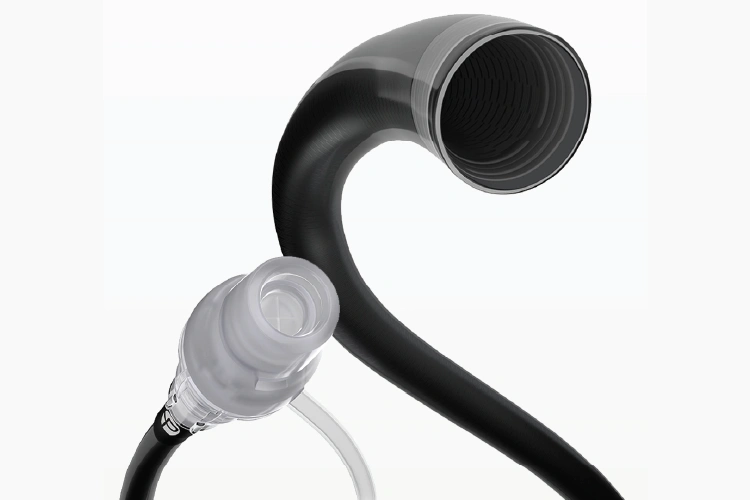 Health
HealthPenumbra Launches ElementTM Vascular Access System – the First Laser-Cut Hypotube Sheath Designed for Venous Thromboembolism
January 29, 2025 -
 Employee Spotlight
Employee SpotlightEmployee Spotlight: Guadalupe Gutierrez
January 28, 2025 -
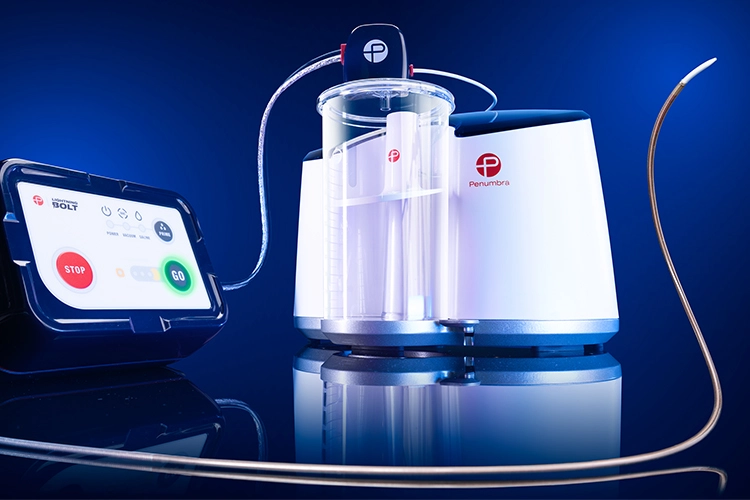 Health
HealthLightning Bolt® 6X with TraXTM Case Study: Revascularization of Tibioperoneal Artery with Computer Assisted Vacuum Thrombectomy (CAVTTM)
January 27, 2025 -
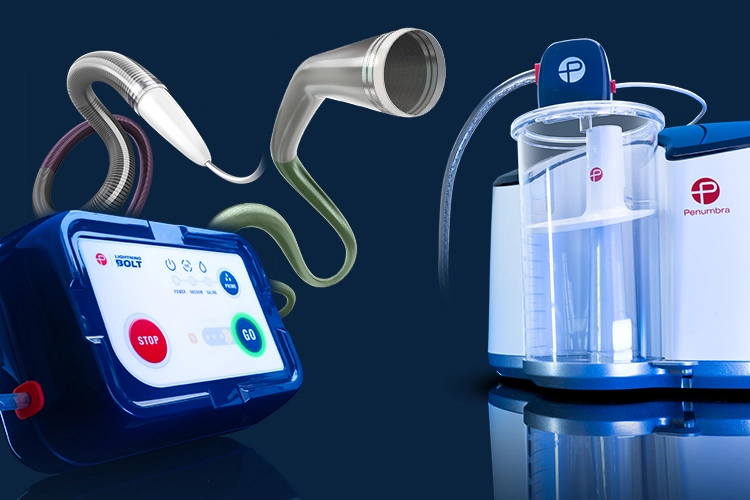 Health
HealthAnnouncing Lightning Bolt® 12 and Lightning Bolt 6X with TraX™ – Newest Additions to Penumbra’s CAVT™ Platform for the Management of Arterial and Venous Thrombus
January 22, 2025
